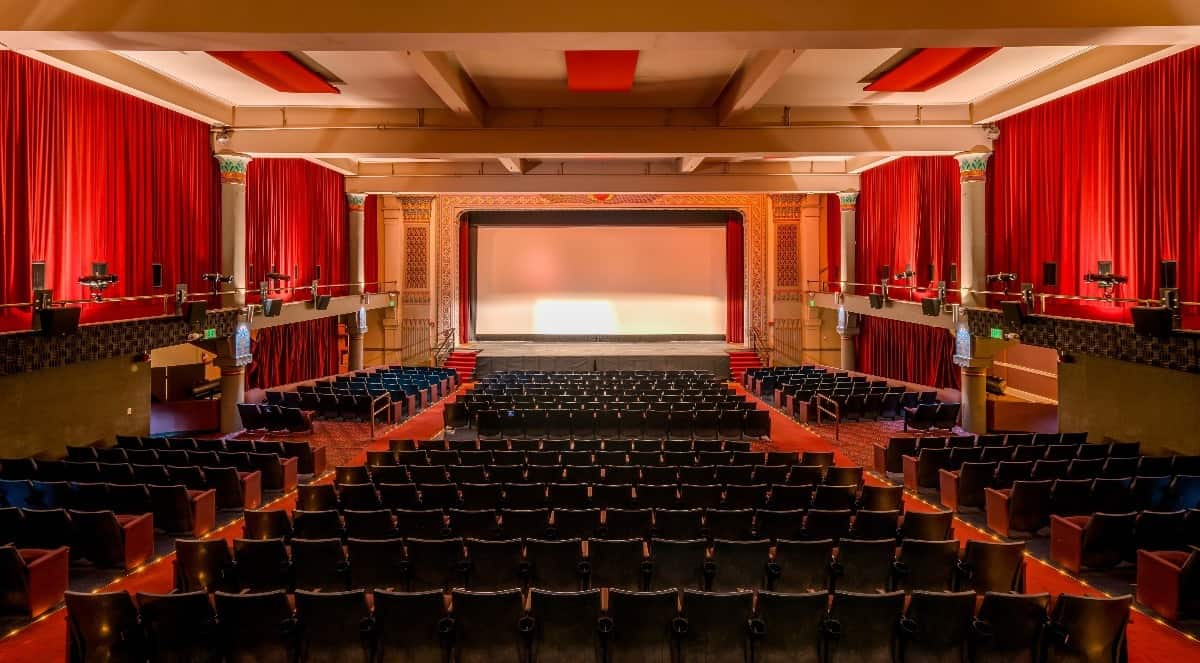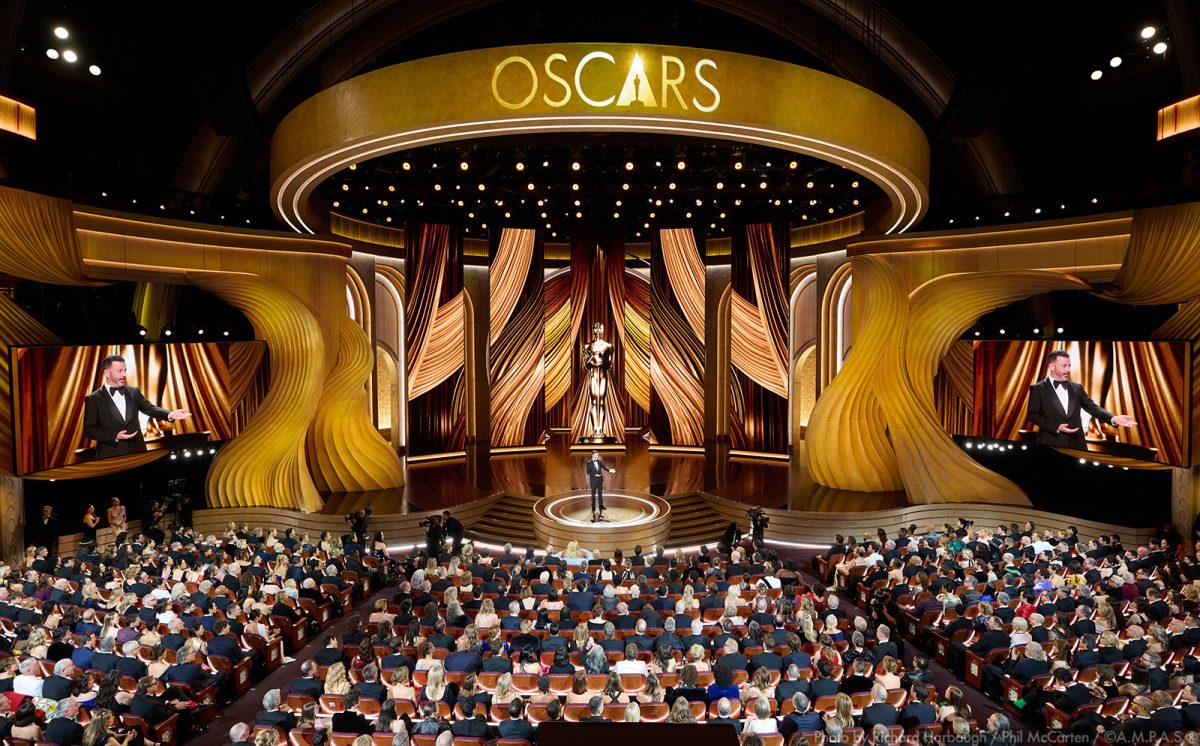Ever since the 19th century, movies have become an outlet for artists to exhibit their cinematic masterpieces. Movies demonstrate the creative possibilities of art, providing an immersive environment for the audience. They consist of a wide variety of options – from a nail-biting, suspenseful thriller to a heartwarming, comical romance. They are a blend of an artist’s passion and love, and it is a privilege that we are able to enjoy these works of art on the big screen. A substantial amount of effort goes into producing a film, whether it be writing a script, displaying captivating visuals, or finding the perfect actors. Movies provide an entertaining and enthralling spectacle for the audience, with thousands of films being revered for their genius. Art is subjective, and films offer an extensive coverage of genres, appealing to every type of fan.
However, not all films were created with the same effort or passion – some of them undeserving of praise. As time has passed, it’s become increasingly difficult for filmmakers to compete and continue to be creative. This explains why some companies have opted for monetary gain, instead of taking a risk and jeopardizing their profit. For example, the Marvel Cinematic Universe has gradually decreased in quality, with each new lazy spinoff they release tarnishing their brand. (That said, Marvel’s summer flick Deadpool & Wolverine has garnered immense praise by Marvel fans, saving the studio’s current reputation.) Disney also struggles with a similar issue, a company that nowadays baits their audience with a bombardment of nostalgia and sequels. Starting in the 2010s, Disney began a streak of releasing consistent live-action films of classics that have been cherished for years, instead of creating a new story to entrance their audience with. It is evident that Disney is exploiting the nostalgia of their fans, such as in live-actions Cinderella or Beauty and the Beast. Although the movies have stunning visuals and graphics, that alone cannot separate itself from the truth that it’s not an original film, merely a one-to-one adaptation, with little interpretation. Another instance of Disney’s halfhearted efforts in producing modern movies is their sequels. With the release of Inside Out 2 back in June and Moana 2 more recently, this highlights how yet again Disney chooses to profit on nostalgia, reusing old settings and characters that we’ve grown to adore. Disney’s sequels don’t have the same charm as their precursors, capitalizing on the same joy that we felt when watching the originals – using those familiar faces a cover to hide the lacking effort and quality to the narrative. Whether it be live-action remakes or sequels, Disney Studios overall has taken a nosedive in their creativity, other than a few exceptions.
The integration and convenience of streaming services in our lives may also be to blame for the decline in the popularity of films. Streaming services allow us to enjoy movies from the comfort of our own homes. Now that Disney owns several prominent film studios, including Pixar and Marvel, it is guaranteed that many new releases will be added to Disney+ after three to four months from their theatrical debut. This eliminates the incentive of making a trip to the theaters, rendering it unnecessary if the option to watch it at home is available within a short amount of time. Although Disney is gaining money from having a subscription service, they are not budgeting it into any original projects that carry the same energy as their classics. It is disappointing to see how one of the major animation studios has devolved into a greedy monopoly – a shadow of its previous legacy
In this age, one could say that many people’s lives revolve around social media. Pop culture has become prevalent within the media, with countless social media apps taking advantage of this opportunity. With the introduction of apps such as Tiktok or Instagram, people have access to unlimited amounts of content with a mere scroll of their finger. It is easy to become quickly attached to this type of content – short clips that range from around 10 to 30 seconds, just long enough to retain the average person’s attention span. According to BBC News’ “Busting the attention span myth,” over the past two decades, the average human attention span has decreased from 12 seconds to eight seconds – a 33% decline. In general, it takes films at least an hour to reach its climax – the most riveting and action-packed scene for any movie. During this time, some people might find it challenging to wait through several sequences of dialogue or scenes containing little movement, with no external stimulators or distractions. This is a growing concern for filmmakers, making it much more difficult to capture the audience’s attention that has grown accustomed to constant stimulation from the screen beneath our fingertips. This is the upsetting reality for future generations, who are raised with devices and technology surrounding them.
For a film to stand out, it should be innovative and original – not a remake or rendition of a past franchise. The technology to produce movies with outstanding visual effects is available in modern times, but what’s often missing is the passion to create, and the willingness to take risks. Contemporary movies that lived up to their expectations could be Barbie or Oppenheimer – two films that contrast immensely in their plot, settings, and characters yet were equally commended, deserving of their success. Their success could be attributed to their individuality, providing a creative interpretation for each film. Although nostalgia can attract an audience, originality will prevent a movie from becoming obsolete and instead turn it into a timeless masterpiece.
Categories:
Originality in Movies: Is it Fading to Black?
0
More to Discover





